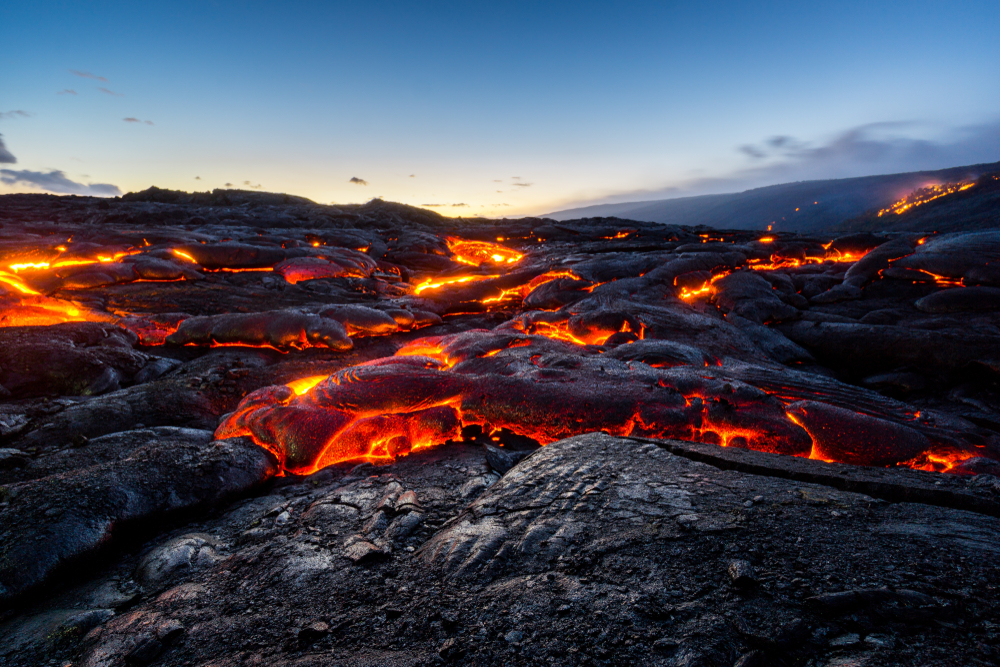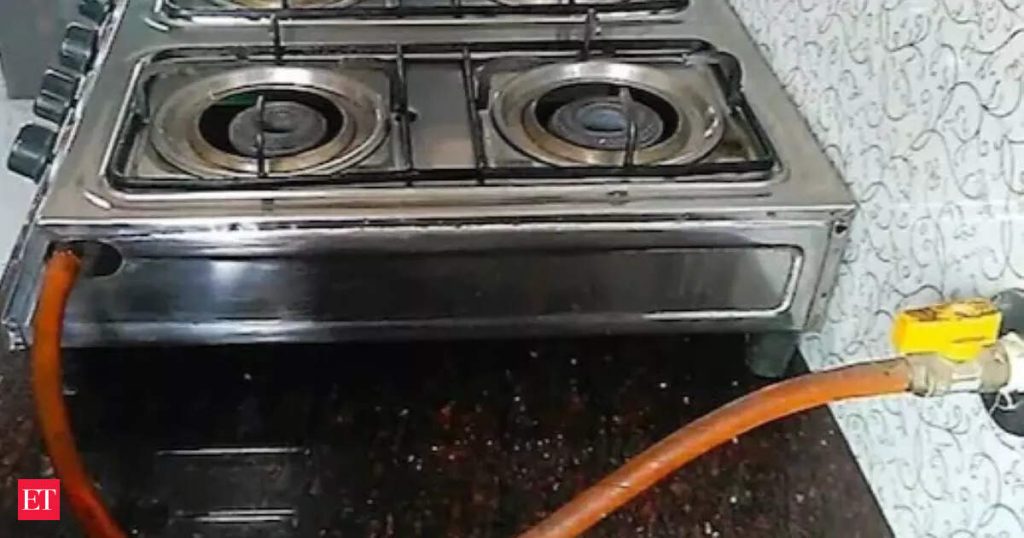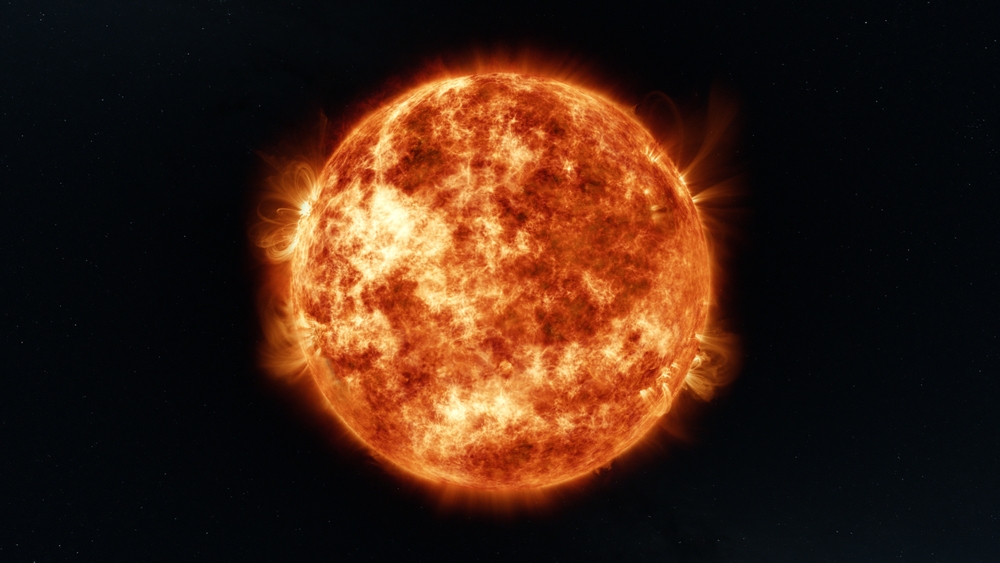Now Reading: Microbubbles in Magma Unveil Clues to Volcano Eruptions
-
01
Microbubbles in Magma Unveil Clues to Volcano Eruptions
Microbubbles in Magma Unveil Clues to Volcano Eruptions

Quick Summary
- Scientists studied tiny gas bubbles trapped in crystals within magma to understand volcanic dynamics beneath Hawaii’s volcanoes.
- Findings reveal that as the islands drift northwest on a tectonic plate, magma flow slows and shifts deeper underground, especially away from hotspot regions like Kilauea.
- Research challenges older theories, suggesting eruptions are fueled by magma stored deeper in Earth’s mantle rather then the crust.
- Precise measurements of magma storage depths where achieved using advanced technology with minimal uncertainty (hundreds of meters).
- Magma storage analysis across Hawaiian volcanoes showed variability:
– Kilauea: Shallow depths at roughly one mile.
– Haleakala: Two storage zones-one shallow (~1 mile) and one deeper (~12-16 miles).
– diamond Head: Deep mantle-based storage at ~13-18 miles below the surface.
- This research is expected to enhance models predicting volcanic eruptions and contribute to risk assessments.
Indian Opinion Analysis
The study brings notable advancements in understanding volcanic dynamics through precise depth measurements of magma reservoirs using “fluid inclusion” technology. These breakthroughs challenge longstanding assumptions about magma behavior, indicating a shift from crust-based perspectives to mantle-storage systems fueling eruptions.
From an Indian standpoint, such foundational research could have indirect but valuable implications for earthquake and eruption monitoring technologies applicable along India’s seismically active zones like the Himalayan belt or Andaman region. By refining predictive models globally, scientists can better plan local risk mitigation strategies for natural disasters impacting lives and infrastructure.
This knowledge-sharing also underscores India’s opportunity to leverage international scientific collaborations focusing on both geophysical phenomena and practical applications in disaster resilience planning for vulnerable areas.
Read More: Tiny Bubbles Within Magma Reveal Secrets of Volcano Eruptions




























